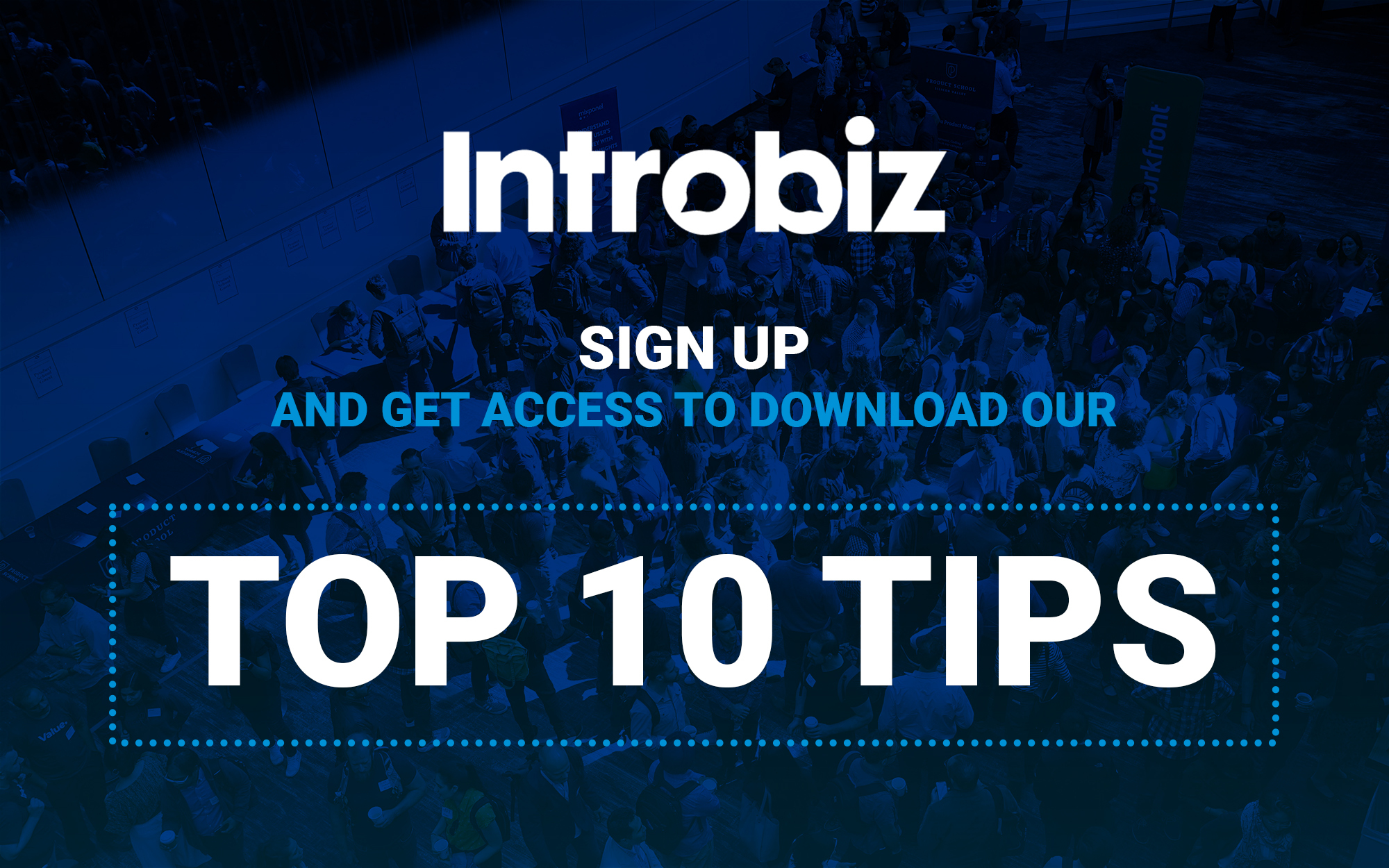Big change is afoot, and set to land in May 2018. The European Union will update its laws and policies on GDPR (General Data Protection Regulation) in response to the lack of trust today’s consumers have in digital privacy.
The previous guidelines, having been in place since 1995, are what most — if not all — companies operating in the EU are founded on. As such, there’s not a business in this marketplace that won’t have to assess and adapt its data collection and processing behaviour in order to comply.
If you’re wondering what the introduction of 2018’s GDPR means for your business, keep reading our guide on the impending changes.
Be prepared for significant redesign
With the previous ways of working having been in place for over twenty years, it’s probable that your business will have to take significant steps to redesign its data collection habits. It might be more efficient to scrap your current ways of working, and redesign from the bottom up — indeed, even your client emailing lists will need to be revisited, as you’re no longer legally allowed to contact any EU citizens without their explicit consent.
Post May 2018, you’ll need to have a process in place to detect any breaches of the new data laws, and keep a strict record of how your company has been complying.
‘Consent’ has a new meaning
Whereas previously sales and business development teams could collect and use personal information, such as email addresses and phone numbers, to reach potential clients, this will now be disallowed.
The new GDPR states that consent requires affirmative, unambiguous and freely-given sign off that further correspondence is agreeable — you must not approach any person of EU citizenship with whom you’ve not received this consent from. That law covers the sending of LinkedIn InMail too.
Remember, if you use email campaigns to share industry news or keep clients abreast of your promotions and activities, you’ll need to regain consent from your recipients. Be prepared for this to have a serious impact on your subscription stats – LinkedIn estimates your mailing list may shrink by up to 60%. If you’re collecting email addresses now, you’ll need to provide a clear opt-in and opt-out option via a tick box and clear description of what they’re agreeing to.
Furthermore, citizens have the ‘right to be forgotten’ — amongst other advanced rights under the new GDPR – meaning they hold the power to have all their data permanently and entirely deleted from your intelligence, whenever they want.
There are many fine details to understand about the new GDPR, head over to Sage to find further information on GDPR consent and other technical changes.
There are heavy penalties for those who don’t comply
Don’t be complacent, failure to act will result in serious punitive action — not only do you risk losing consumer trust, but your business could be fined up to €20 million or 4% of your global turnover. May 2018 is just around the corner, so start planning for the GDPR today. If you fail to do so, your business and reputation will suffer.





